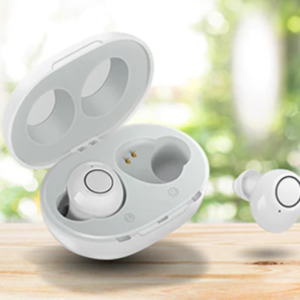[ad_1]
A roaster is a special pot for frying and stewing food that can be used both on the stove and in the oven. Accordingly, the equipment does not have handles made of plastic or these are removable so that they do not melt in the oven.
In contrast to a pot, a roaster is usually characterized by a lower height and a larger base area. It is therefore often flatter than a normal pot and is also referred to as a roasting pot. The larger base of the roaster means that food can be fried over a large area and the liquids in the roasting pan can be quickly reduced.
Le Creuset Signature cast iron casserole
ELO cast aluminum rectangular roaster sophistication
STAUB cast iron casserole/cocotte
Schoberg cast aluminum roaster with glass lid
Differences between roaster and pot
A roaster is usually sold with a lid, since stews and roasts in particular, which are intended to remain tender and juicy and form a sauce, can be covered for the entire duration or at least for a certain time. In the case of pot roasts, for example, the meat is often first seared on the stove in the roaster without using the lid. The meat is then doused with liquid, surrounded by vegetables and then cooked in the preheated oven with the lid closed. The lid is removed towards the end of the cooking process so that a crust can form, for example when roasting pork.
A pot, on the other hand, can be used for cooking on the stove without a lid and can also be very high so that it may not even fit in the oven. The base of the pot is usually round, while a roaster is often oval or rectangular in shape. Asparagus pots and pasta pots can get by with a small footprint, which can be handy for small stovetops. When frying, on the other hand, the largest possible area is required. Cast iron roasters, in particular, are often also very attractive to look at, for example with bright colors on the outside, so that they are also suitable for serving salads on a buffet, for example.
Which is better: cast aluminum or cast iron?
The weight of cast iron models is significantly higher than that of cast aluminum casseroles, which is why older people sometimes have trouble handling cast iron casseroles. Younger people, on the other hand, often shy away from paying for a cast-iron roaster because it is significantly more expensive to buy than a cast aluminum roaster. However, a cast iron roaster is much more durable.
Another difference between the two materials: roasting pans made of cast aluminum can go in the dishwasher, roasting pans made of cast iron cannot, as otherwise they will rust immediately and can only be prevented from rusting with oil. Many consumers find it easier to handle with roasters made of cast aluminum. They are usually non-stick coated, although the effectiveness of this coating wears off over time. A cast-iron roaster, on the other hand, only develops a kind of patina after repeated use, which helps prevent food from burning, and should therefore not be cleaned with a metal sponge or harsh cleaning agents. For stubborn dirt, a longer soak in hot water with a little washing-up liquid is usually sufficient.
Already knew? We offer high-quality purchase advice on the topics of beauty, health & sports, household and technology. With our detailed and independent product comparisons, you can quickly find the test winner among the straighteners, the best yoga mat or the ice machine price tip. Take a look at our BUNTE.de purchase advice!
[ad_2]





